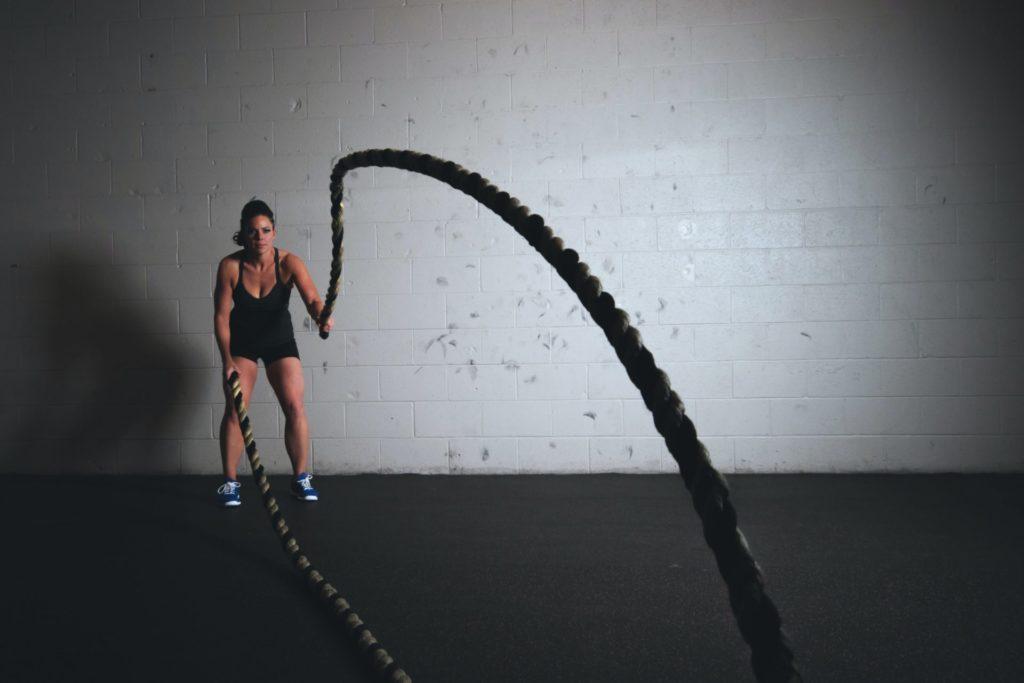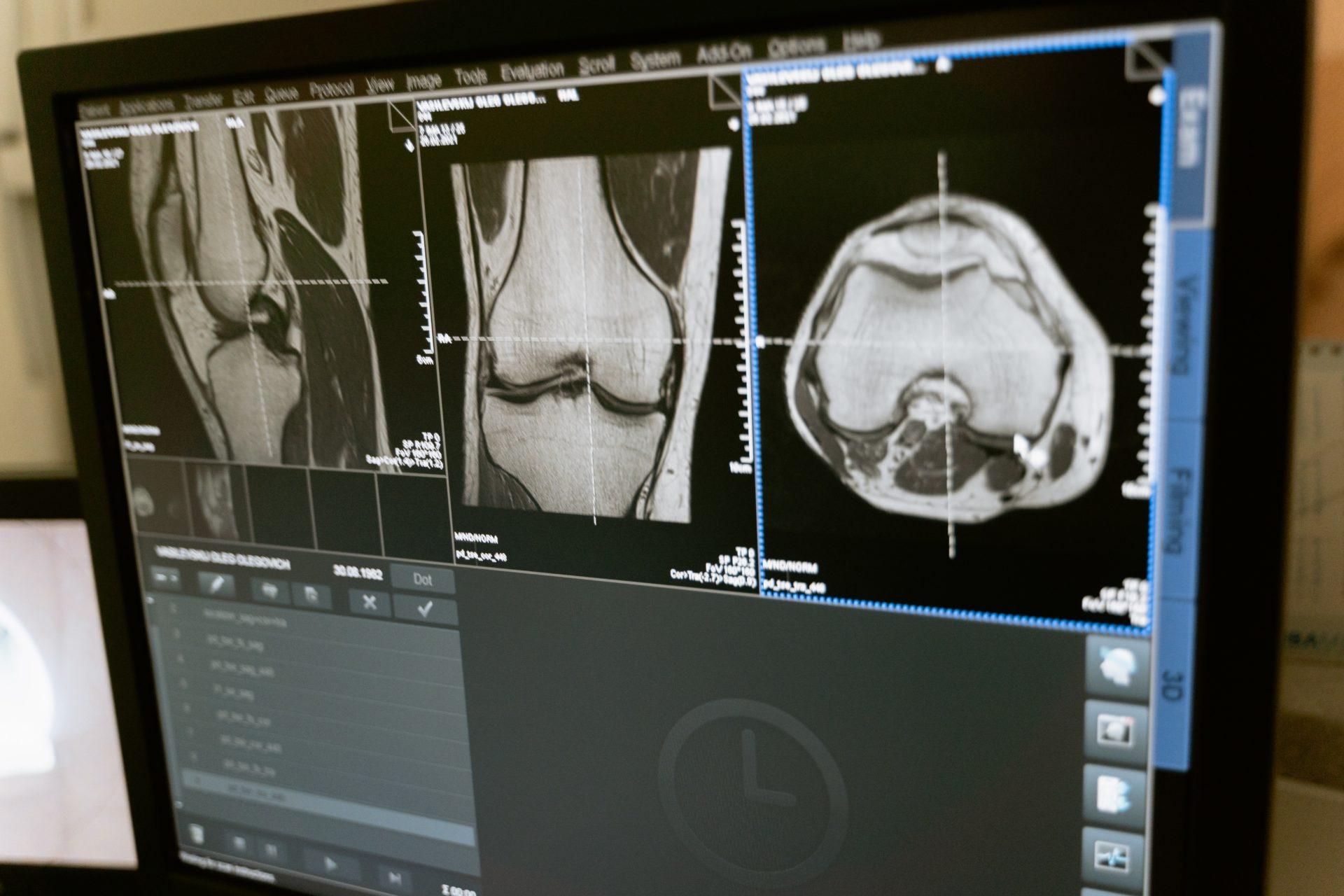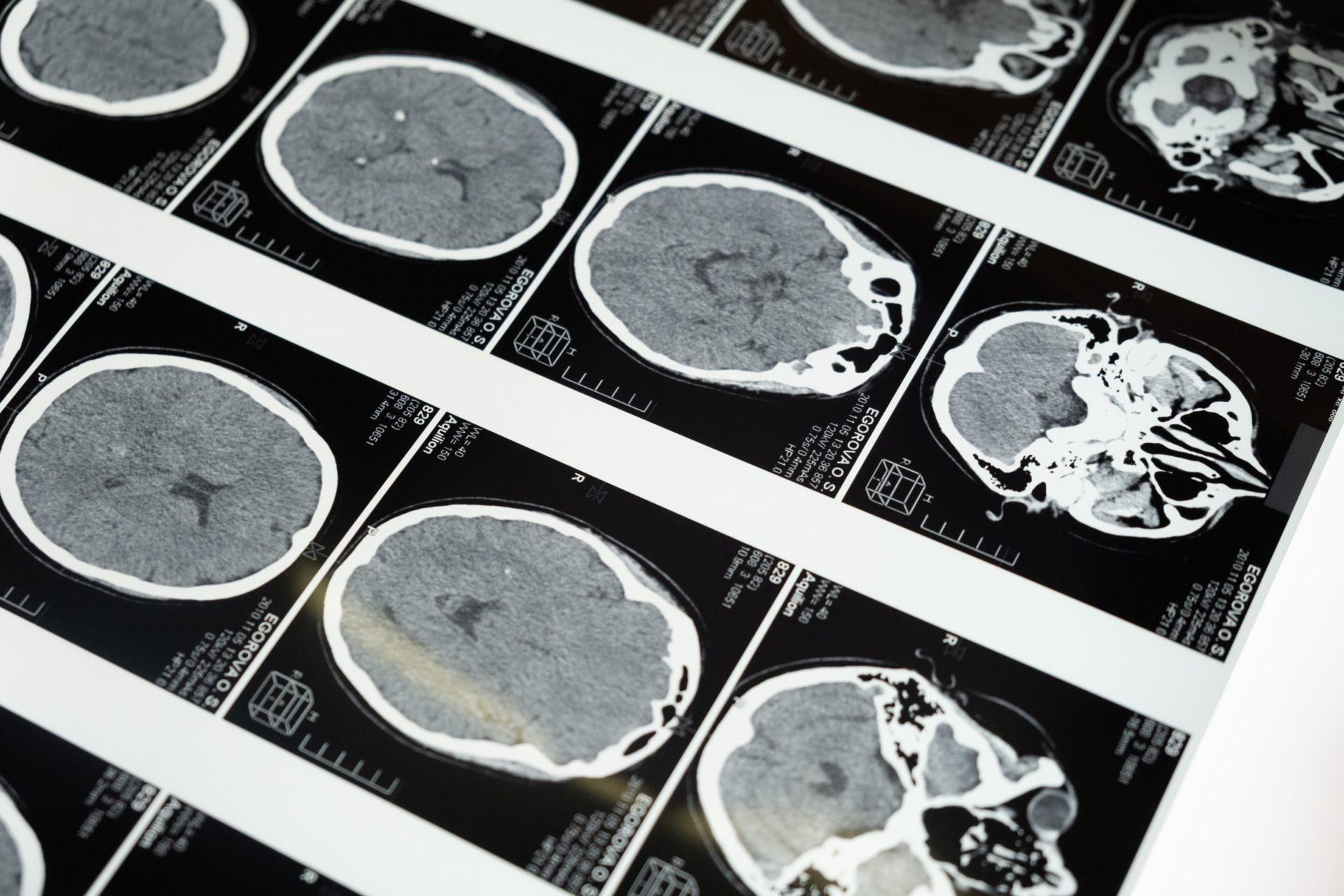Welcome to Healthy Aging, your hub for vibrant life and senior health. In this comprehensive article, we will delve into the topic of bone health and aging, providing you with valuable tips to keep your bones strong and healthy as you journey through life. Bones play a vital role in our overall well-being, providing support, protection, and mobility. However, as we age, our bones undergo changes that can lead to decreased bone density and an increased risk of fractures.
Maintaining optimal bone health is crucial for a higher quality of life and longevity. By understanding the connection between aging and skeletal health, you can take proactive steps to prevent bone loss and promote bone strength. In the following sections, we will explore various factors that affect osseous (another word for bone) health, such as nutrition, exercise, and lifestyle choices.
The Importance of Bone Health and Aging
Bones serve as the framework that supports our bodies, protects vital organs, and enables movement. However, as we age, our bones gradually become more fragile, increasing the risk of fractures and conditions like osteoporosis. It’s crucial to prioritize skeletal health to maintain an active and independent lifestyle as we grow older.
Bone Density and Aging:
One of the key aspects of skeletal health is bone density. Bone density refers to the amount of mineral content in our bones, specifically calcium and other essential minerals. During childhood and adolescence, our bodies build up bone mass, reaching peak bone density around the age of 30. After that, the balance shifts, and bone loss gradually outpaces bone formation.
The Link Between Aging and Bone Loss:
As we enter our 40s and beyond, bone loss becomes more pronounced, especially in women after menopause. Estrogen, a hormone that helps protect bone density, declines during menopause, leaving women more vulnerable to bone loss and osteoporosis. However, men are also at risk of experiencing bone loss as they age, albeit at a slower rate.
Understanding Osteoporosis:
Osteoporosis is a common condition characterized by low bone density and a higher susceptibility to fractures. It affects both men and women, but women are at a greater risk due to hormonal changes during menopause. Osteoporosis can significantly impact the quality of life, leading to pain, immobility, and an increased risk of complications.
Prevention is Key:
While we cannot completely halt the natural aging process, there are numerous proactive steps we can take to minimize bone loss and reduce the risk of osteoporosis. By adopting healthy lifestyle habits and incorporating specific bone-strengthening strategies, we can improve and maintain strong, resilient bones.
Nourishing Your Bones: The Role of Nutrition
Proper nutrition plays a vital role in maintaining strong and healthy bones. Certain nutrients are particularly important for skeletal health, including calcium, vitamin D, and other essential vitamins and minerals. Let’s delve into the impact of nutrition on bones and explore some dietary recommendations for optimal bone strength.
Calcium: The Building Block of Bones
Calcium is a key nutrient for building and maintaining strong bones. It provides the structural framework that gives bones their strength and durability. As we age, our bodies may require more calcium to offset natural bone loss. Good dietary sources of calcium include dairy products like milk, cheese, and yogurt, as well as fortified plant-based milk alternatives, leafy green vegetables, and certain fish, such as salmon and sardines.
Vitamin D: Enhancing Calcium Absorption
Vitamin D is essential for calcium absorption and utilization. Without sufficient vitamin D, our bodies cannot effectively absorb calcium from the foods we consume. Additionally, vitamin D helps regulate calcium levels in the blood and supports overall health. While our bodies can produce vitamin D when exposed to sunlight, it can be challenging to obtain adequate amounts solely through sunlight exposure. Dietary sources of vitamin D include fatty fish, egg yolks, fortified dairy products, and certain fortified cereals.

Other Key Nutrients
In addition to calcium and vitamin D, several other nutrients play a role in supporting your bones. These include vitamin K, magnesium, phosphorus, and trace minerals like zinc and copper. Consuming a well-balanced diet that includes a variety of fruits, vegetables, whole grains, lean proteins, and healthy fats can help ensure you receive these essential nutrients.
Maintaining a Bone-Friendly Diet:
Adopting a bone-friendly diet is a proactive step you can take. Aim to incorporate a diverse range of foods that provide the necessary nutrients for strong bones. Consider the following dietary tips:
1. Include calcium-rich foods in your daily meals and snacks.
2. Opt for vitamin D-fortified foods or consider a vitamin D supplement if needed.
3. Consume a variety of fruits and vegetables to obtain a wide range of nutrients.
4. Choose lean sources of protein, such as poultry, fish, beans, and legumes.
5. Limit the intake of processed foods, sugary beverages, and excessive alcohol, as they can hinder calcium absorption and negatively impact bone physiology.
Remember, a balanced and nutrient-rich diet is a cornerstone of maintaining strong and healthy bones as you age. By fueling your body with the right nutrients, you provide the foundation for bone strength and resilience. For more information on diet, see our post on the Longevity Diet for specifics.

Building Bone Strength Through Exercise
Exercise is a powerful tool for enhancing bone composition and strength. Engaging in regular physical activity can help preserve bone density, improve balance and coordination, and reduce the risk of falls and fractures. Let’s explore the role of exercise in promoting healthy bones and discover some effective activities for building bone strength.
Weight-Bearing Exercises:
Weight-bearing exercises are particularly beneficial for a healthy body as they involve working against gravity while being on your feet. These exercises put stress on your bones, stimulating them to become stronger and denser. Examples of weight-bearing exercises include brisk walking, jogging, dancing, hiking, stair climbing, and playing tennis. These activities help to improve bone mass and maintain bone density.

Resistance Training:
Resistance training, also known as strength training or weightlifting, is another excellent way to strengthen your bones. By exerting force on your muscles and bones, resistance training stimulates bone remodeling and growth. It helps increase muscle strength, improve overall body composition, and promote bone density. You can incorporate resistance training into your routine using free weights, weight machines, resistance bands, or bodyweight exercises like squats, lunges, and push-ups.
Balance and Flexibility Exercises:
Maintaining good balance and flexibility is essential for preventing falls and fractures, especially as we age. Exercises that focus on balance and flexibility, such as yoga, tai chi, and Pilates, can help improve stability, posture, and coordination. These activities promote body awareness, core strength, and flexibility, reducing the risk of falls and supporting your body.
Tailoring Your Exercise Routine:
It’s important to tailor your exercise routine to your fitness level, individual needs, and any specific considerations you may have. If you have existing health conditions or concerns, consult with a healthcare professional or certified exercise specialist to determine the most appropriate exercises for you. They can provide guidance on the frequency, intensity, and duration of your workouts to ensure you gain maximum benefit while minimizing the risk of injury.

Incorporating a variety of weight-bearing, resistance, balance, and flexibility exercises into your weekly routine is ideal for promoting skeletal health and overall physical fitness. Aim for at least 150 minutes of moderate-intensity aerobic activity, along with two or more sessions of resistance training per week. Remember, consistency is key—make exercise a regular part of your lifestyle to maintain strong and healthy bones throughout the aging process.
Lifestyle Choices for Strong and Healthy Bones
Beyond nutrition and exercise, certain lifestyle choices can significantly impact your skeletal health. Making conscious decisions in areas such as maintaining a healthy weight, avoiding smoking, and limiting alcohol consumption can help protect and strengthen your bones. Let’s delve into these important factors and their influence on osseous health.
Maintaining a Healthy Weight:
Maintaining a healthy weight is crucial for overall well-being. Both being underweight and overweight can have detrimental effects on your bones. Being underweight can lead to decreased bone density, making bones more susceptible to fractures. On the other hand, excess body weight can put excessive stress on your bones, increasing the risk of joint problems and fractures. Strive for a balanced weight that aligns with your body’s needs, and if necessary, consult a healthcare professional to develop a personalized weight management plan.
Avoiding Smoking:
Smoking is detrimental to your bones and can contribute to bone loss and osteoporosis. Research has shown that smoking reduces bone density and impairs bone healing, making fractures more likely. Smoking also affects the absorption and metabolism of calcium, vitamin D, and other essential nutrients crucial for skeletal health. If you smoke, consider seeking support to quit and protect your bones from the harmful effects of smoking.

Limiting Alcohol Consumption:
Excessive alcohol consumption can negatively affect normal bones. It can interfere with the body’s ability to absorb calcium and impair bone formation, leading to decreased bone density and an increased risk of fractures. If you choose to drink alcohol, do so in moderation. The Centers for Disease Control and Prevention (CDC) defines moderate drinking as up to one drink per day for women and up to two drinks per day for men.
Stress Management:
Chronic stress can have a negative impact. Elevated stress levels can lead to hormonal imbalances, such as increased cortisol production, which can contribute to bone loss. Engaging in stress-reducing activities, such as mindfulness practices, meditation, yoga, or engaging in hobbies you enjoy, can help promote overall well-being.
Regular Health Check-ups:
Regular health check-ups are essential for monitoring and addressing any potential underlying conditions that can affect skeletal health. Conditions like hormonal imbalances, certain medications, or medical treatments can have an impact on bone density. By staying proactive and addressing any concerns with your healthcare provider, you can take appropriate measures to protect and support your health.
Preventive Measures for Strong Bones
In addition to nutrition, exercise, and lifestyle choices, there are preventive measures you can take to safeguard your skeletal health and minimize the risk of fractures and bone-related conditions. Let’s delve into these preventive measures and discover additional tips to support the strength and longevity of your bones.
Get Your Bone Density Checked:
Regular bone density screenings are essential, especially for individuals at higher risk of osteoporosis and fractures. These screenings, often done through a specialized test called a dual-energy X-ray absorptiometry (DXA) scan, can help assess your bone density and detect early signs of bone loss. Based on the results, your healthcare provider can provide personalized recommendations to maintain or improve skeletal health.
Prevent Falls and Fractures:
Taking preventive measures to reduce the risk of falls and fractures is crucial for preserving skeletal health. Ensure your living environment is safe by removing tripping hazards, installing handrails and grab bars, and maintaining proper lighting. In addition, don’t forget about making modifications to outdoor spaces for safety.

Incorporate balance exercises into your routine to improve stability and coordination. Additionally, consider using assistive devices such as canes or walkers if needed, and wear proper footwear with good traction and support.
Practice Safe Physical Activity:
While exercise is beneficial for skeletal health, it’s important to engage in physical activities safely to prevent injuries. Warm up before exercising, use proper form and technique, and gradually increase intensity or duration to avoid overexertion. If you have any existing conditions or concerns, consult with a healthcare or fitness professional to design a personalized exercise plan that suits your needs and minimizes the risk of injuries.
Stay Active and Engaged:
Maintaining an active and engaged lifestyle can positively impact overall health, including skeletal health. Engage in activities that promote movement, such as walking, swimming, dancing, or gardening. Stay socially connected and mentally stimulated through hobbies, volunteering, or joining community groups. These activities contribute to a higher quality of life and support overall well-being.
By implementing these preventive measures and tips, you can take proactive steps to protect and support the strength of your bones. Remember, osseous (or “bone”) health is a lifelong journey, and investing in it today will benefit you in the years to come.
Hip Health: Preserving Mobility and Strength
The health of your hips is vital for maintaining mobility, balance, and overall functionality as you age. The hip joint is responsible for supporting your body weight, facilitating movement, and ensuring proper alignment. However, hips can be susceptible to various conditions, such as hip fractures and osteoarthritis. Let’s explore key aspects of hip health and discover strategies for preserving the mobility and strength of your hips.
Maintaining a Healthy Weight:
Excess weight puts additional strain on your hip joints, increasing the risk of hip-related issues, such as osteoarthritis. By maintaining a healthy weight, you can reduce the load on your hips, alleviating stress and promoting joint health. Combine a balanced diet with regular exercise to manage your weight effectively and support the well-being of your hips.
Strengthening Hip Muscles:
Strong hip muscles play a crucial role in maintaining stability and reducing the risk of hip injuries. Incorporating exercises that target the hip muscles, such as hip extensions, hip abductions, and squats, can help build strength and support the integrity of the hip joint. Consider consulting a fitness professional to ensure proper form and technique while performing these exercises.
Improving Hip Flexibility:
Maintaining good hip flexibility is essential for a wide range of motions and overall hip health. Engaging in stretching exercises that target the hip flexors, such as lunges, leg swings, and yoga poses like pigeon pose, can enhance hip mobility and prevent stiffness. Regular stretching can help improve joint range of motion and reduce the risk of hip discomfort and limitations in movement.
Promoting Balance and Coordination:
Maintaining good balance and coordination is vital for preventing falls and protecting the health of your hips. Exercises that focus on balance, such as standing on one leg or practicing yoga poses that challenge stability, can help improve proprioception and reduce the risk of falls. Additionally, activities like tai chi, which emphasize flowing movements and weight shifting, can enhance balance and coordination while being gentle on the hips.
Supportive Footwear:
Wearing appropriate footwear is essential for maintaining proper alignment and reducing stress on your hips. Opt for shoes that provide adequate cushioning, arch support, and a stable sole to absorb shock and distribute your body weight evenly. Avoid high-heeled shoes, as they can alter your gait and increase pressure on your hips.
Hip-Friendly Activities:
Engaging in low-impact activities that are gentle on the hips can help promote their health and longevity. Activities like swimming, cycling, water aerobics, and using elliptical machines can provide cardiovascular benefits without putting excessive stress on the hip joints. These activities allow for fluid movement while minimizing impact, making them ideal for individuals with hip concerns or those looking to maintain hip health.
Knee Health: Preserving Strength and Flexibility
Maintaining the health and function of your knees is crucial for mobility, stability, and overall quality of life. The knee joint is a complex structure that withstands significant stress and is prone to various conditions, such as osteoarthritis and ligament injuries. Let’s delve into strategies for preserving the strength and flexibility of your knees to support their long-term health.
Strengthening the Muscles Around the Knees:
Strong muscles surrounding the knees provide stability and support, reducing the risk of knee injuries and easing stress on the joint. Incorporate exercises that target the quadriceps (front of the thigh), hamstrings (back of the thigh), and gluteal muscles (buttocks). Examples include squats, lunges, step-ups, leg presses, and bridges. Gradually increase the intensity and difficulty of these exercises to build strength and resilience in the knee muscles.
Improving Knee Flexibility:
Maintaining flexibility in the muscles and tendons surrounding the knees can help promote joint mobility and prevent stiffness. Regular stretching exercises that target the quadriceps, hamstrings, and calf muscles can enhance knee flexibility. Examples include quad stretches, hamstring stretches, and calf stretches. Incorporate these stretches into your fitness routine or dedicate specific stretching sessions to keep your knees flexible and supple.
Low-Impact Cardiovascular Exercise:
Engaging in low-impact cardiovascular exercises is beneficial for overall health while being gentle on the knees. Activities like swimming, cycling, using elliptical machines, and water aerobics provide cardiovascular benefits without placing excessive stress on the knee joints. These exercises promote cardiovascular fitness, weight management, and overall well-being while minimizing the risk of knee discomfort or injury.
Proper Technique during Physical Activities:
Maintaining proper technique during physical activities and exercises is crucial for protecting your knees from unnecessary strain. Whether you’re running, jumping, squatting, or participating in sports, ensure you use correct form and technique to minimize the impact on your knees. Consulting a qualified fitness professional or coach can provide guidance on proper movement patterns and technique specific to your activities of interest.
Using Protective Gear:
When engaging in activities that carry a higher risk of knee injuries, such as sports or high-impact exercises, consider using protective gear. Knee pads, braces, or supportive sleeves can provide added stability and protection to the knee joint, reducing the risk of ligament sprains or strains.
By implementing these strategies to maintain a healthy weight, strengthen the muscles around the knees, improve knee flexibility, engage in low-impact cardiovascular exercise, use proper technique, and consider protective gear when necessary, you can help preserve the strength, flexibility, and overall health of your knees.
Tips for Maintaining Strong and Healthy Bones
Taking care of your bones, hips, and knees is essential for maintaining mobility, independence, and overall well-being as you age. By prioritizing bone health through nutrition, exercise, and lifestyle choices, you can reduce the risk of bone loss, fractures, and conditions like osteoporosis. Similarly, implementing strategies to support hip and knee health, such as maintaining a healthy weight, strengthening muscles, improving flexibility, engaging in low-impact activities, and using protective gear when necessary, can promote the longevity and functionality of these joints.
Remember, it’s never too early or too late to start prioritizing your bone, hip, and knee health. By incorporating these tips into your lifestyle and seeking guidance from healthcare professionals or certified specialists when needed, you can age gracefully and enjoy an active, vibrant life with strong and healthy bones, hips, and knees.
Read more: Regular Health Check-Ups: Essential Health Screenings for Every Life Stage
Disclaimer: The information provided in this blog post is for educational purposes only and should not be considered as medical, financial, or legal advice. Consult with your medical, financial, and healthcare professionals for personalized guidance and recommendations regarding your specific needs and conditions.





